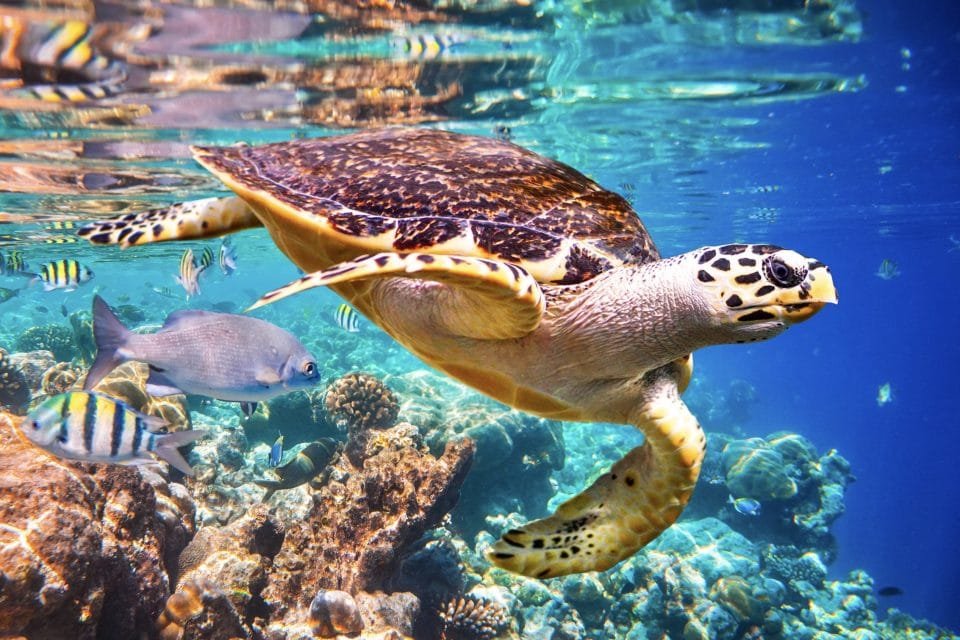Swimming is an essential part of life for many animals, and some species are born with an instinct to swim as soon as they are born.
These animals are perfectly designed for life in the water, with physical traits and behaviors that make them strong swimmers from birth. Let’s take a look at 8 animals that are born to swim.
1. Dolphins
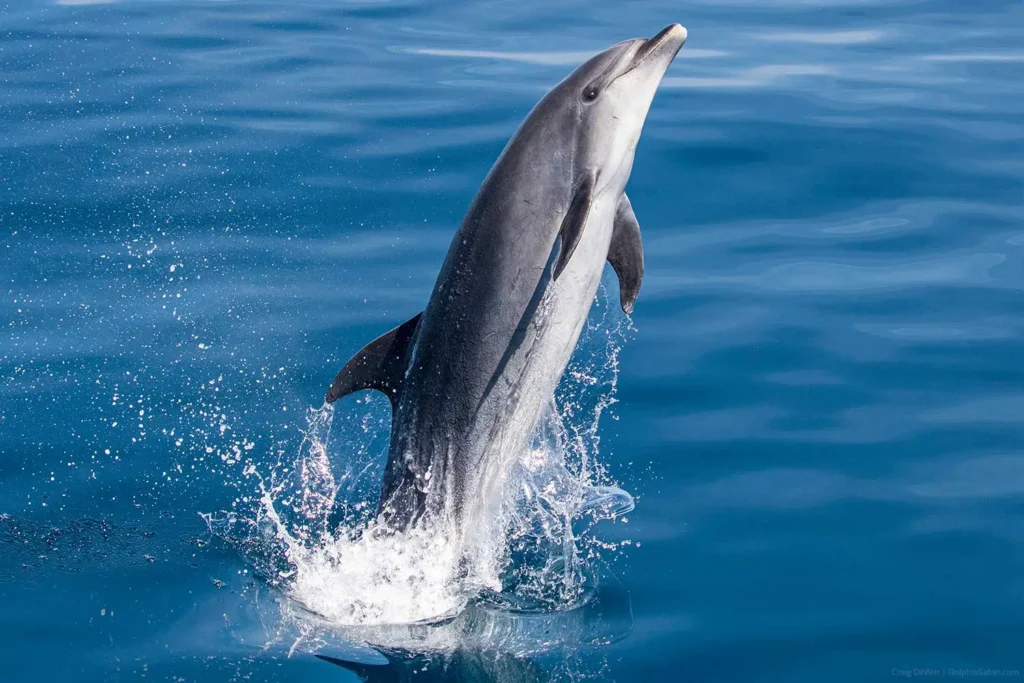
Dolphins are known for their intelligence, social behavior, and impressive swimming abilities. When dolphin calves are born, they enter the water immediately. Within hours of birth, they begin to swim with their mothers, learning to navigate the ocean. Dolphin calves stay close to their mothers for protection, but they are born with the natural ability to swim and dive. Dolphins have strong, streamlined bodies that make them fast and efficient swimmers, and this ability is crucial for their survival in the wild.
2. Whales
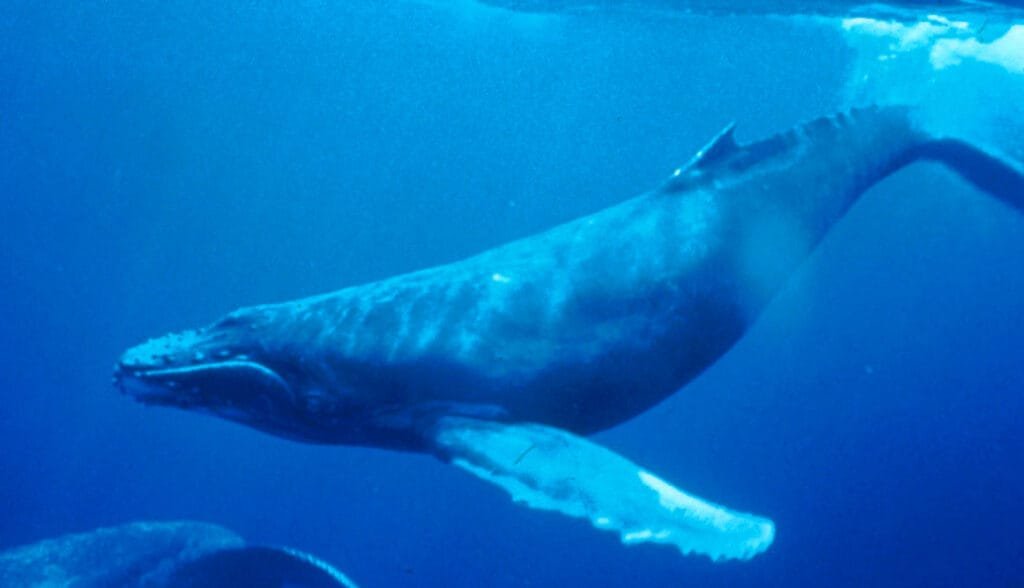
Like dolphins, whales are marine mammals that are born in the ocean. Whale calves are born in the water and are capable of swimming shortly after birth. Their mothers are there to guide them and ensure they surface for air, but the calves instinctively know how to swim. In the first few months of life, whale calves stay close to their mothers as they learn the skills necessary to survive in the vast oceans. The powerful tail of a whale, combined with their buoyant bodies, helps them swim long distances to migrate or find food.
3. Sea Turtles

Sea turtles are born on sandy beaches, but from the moment they hatch, they head straight for the ocean. Baby sea turtles are instinctively drawn to the water, using the moonlight as a guide. Once in the water, these tiny creatures can swim and dive to avoid predators. Sea turtles are well-adapted for life in the ocean, with streamlined shells and flippers that make them fast swimmers. Although most of their life is spent in the sea, sea turtles will return to the same beaches where they were born to lay their eggs, continuing the cycle of life.
4. Frogs (Tadpoles)
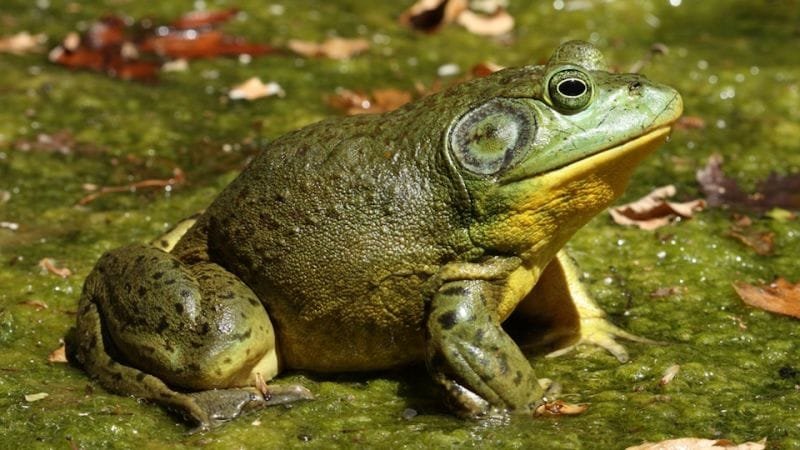
Frogs start their life cycle in water as tadpoles. These tadpoles are fully aquatic and have tails and gills that allow them to swim. Tadpoles move through the water with the help of their tails, and they are often seen in ponds, streams, and other freshwater habitats. As tadpoles grow, they undergo metamorphosis and develop legs, at which point they become adult frogs. Frogs are still capable of swimming, but as adults, they also spend time on land. The ability to swim from birth helps tadpoles avoid predators and find food in the water.
5. Otters

Otters are adorable, playful animals that are born to swim. Otter pups are introduced to the water early in life, usually within weeks of birth. They are born on land but are quickly taught to swim by their mothers. Otters have a thick layer of fur that keeps them warm in cold water, and their webbed feet and streamlined bodies make them strong swimmers. They are known for their playful antics in the water, often seen sliding down mudbanks or diving for fish. Otters rely on their swimming skills to catch food and navigate their aquatic habitats.
6. Penguins
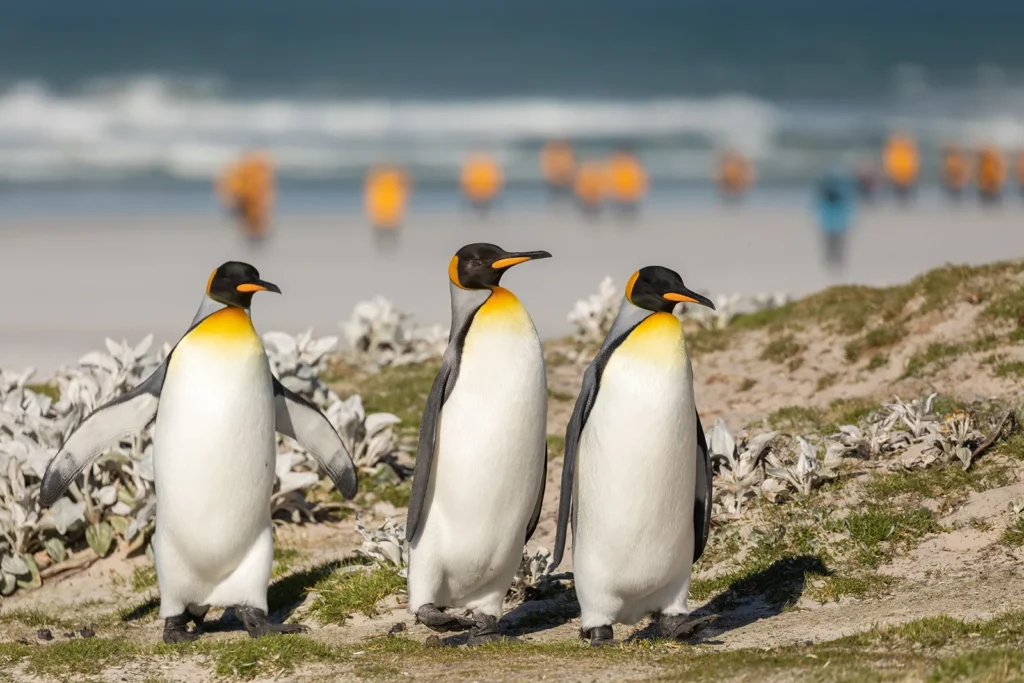
Penguins are birds, but unlike most birds, they are highly adapted for life in the water. Penguin chicks are born on land but are soon introduced to swimming. Although they are not born swimming, penguin chicks quickly learn to dive and swim in the cold ocean waters. Penguins are excellent swimmers and use their wings like flippers to propel themselves through the water at high speeds. These birds are well-suited for life in the water, using their swimming abilities to hunt for fish and other sea creatures. As they grow, penguin chicks will become skilled swimmers, just like their parents.
7. Seals
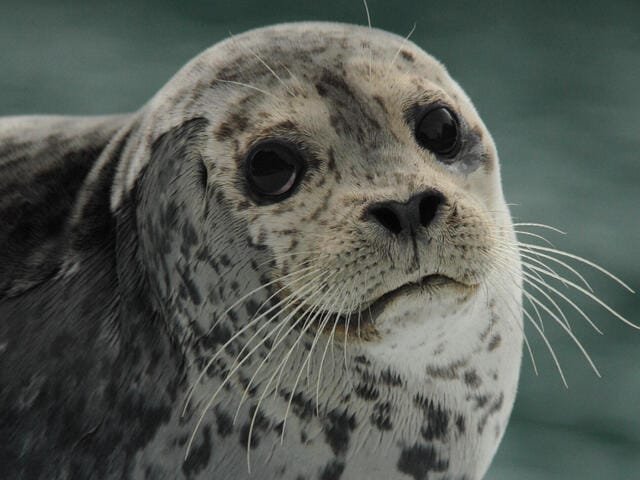
Seals are marine mammals that are born on land but are introduced to swimming at a young age. Seal pups are born in coastal areas and, once they are strong enough, their mothers encourage them to swim in the ocean. Seals have streamlined bodies and powerful flippers that help them move quickly through the water. These animals are incredibly agile swimmers, often diving deep to catch fish and other marine life. Seal pups learn to swim early on, and their ability to navigate the water helps them stay safe from predators.
8. Crocodiles (Hatchlings)
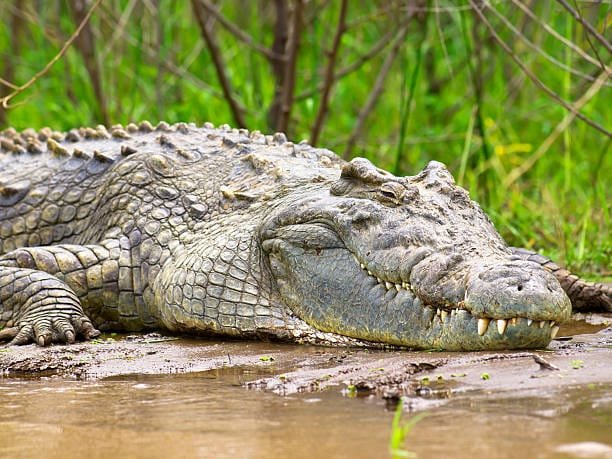
Crocodile hatchlings are born in the water, and they are immediately capable of swimming. After hatching from their eggs, crocodile babies are guided to the water by their mothers, where they quickly start swimming. Crocodiles are powerful swimmers, using their long, muscular tails to propel themselves through the water. Hatchlings are small and vulnerable, but they instinctively know how to swim to avoid danger. As they grow, crocodiles become even stronger swimmers, relying on their aquatic abilities to catch prey and navigate through rivers, lakes, and wetlands.
Why Swimming is Essential for These Animals
For all of these animals, swimming is not just an ability; it’s essential for their survival. Swimming helps them find food, escape predators, and move through their habitats. Many of these species live in environments where water is the primary medium, and being born with the ability to swim ensures they can thrive from day one.
For example, sea turtles and penguins rely on their swimming skills to hunt for food, while dolphins and whales use swimming to navigate vast ocean waters and communicate with others in their pods. Otters and seals use their swimming abilities for both play and foraging, while crocodiles rely on swimming to hunt and avoid danger.
Swimming is often an instinctual skill that these animals are born with, allowing them to enter the water immediately after birth. Whether it’s to find food, escape predators, or simply survive in their environment, swimming is a critical aspect of life for these animals.
From the playful otter to the mighty whale, swimming is a natural skill that many animals are born with. These 8 animals have evolved to be exceptional swimmers, with adaptations that allow them to thrive in their aquatic environments. Whether they live in oceans, lakes, rivers, or ponds, their ability to swim is essential for their survival, helping them navigate, find food, and avoid danger. The next time you see one of these animals swimming, remember that it’s not just a skill they develop—it’s an ability they are born with, perfectly designed for their watery world

